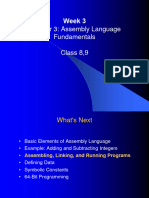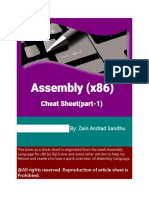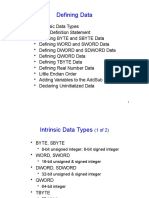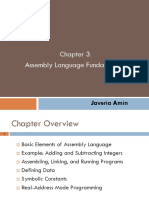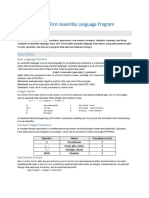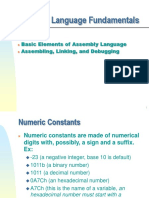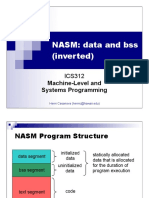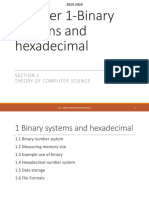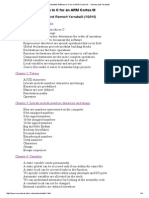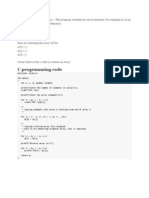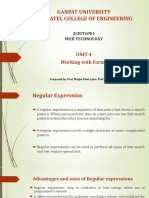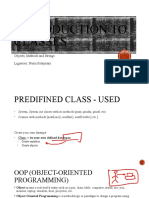0% found this document useful (0 votes)
27 views40 pages2nd Lecture
These are very important
Uploaded by
isabellanoahhhCopyright
© © All Rights Reserved
We take content rights seriously. If you suspect this is your content, claim it here.
Available Formats
Download as PDF, TXT or read online on Scribd
0% found this document useful (0 votes)
27 views40 pages2nd Lecture
These are very important
Uploaded by
isabellanoahhhCopyright
© © All Rights Reserved
We take content rights seriously. If you suspect this is your content, claim it here.
Available Formats
Download as PDF, TXT or read online on Scribd
/ 40
